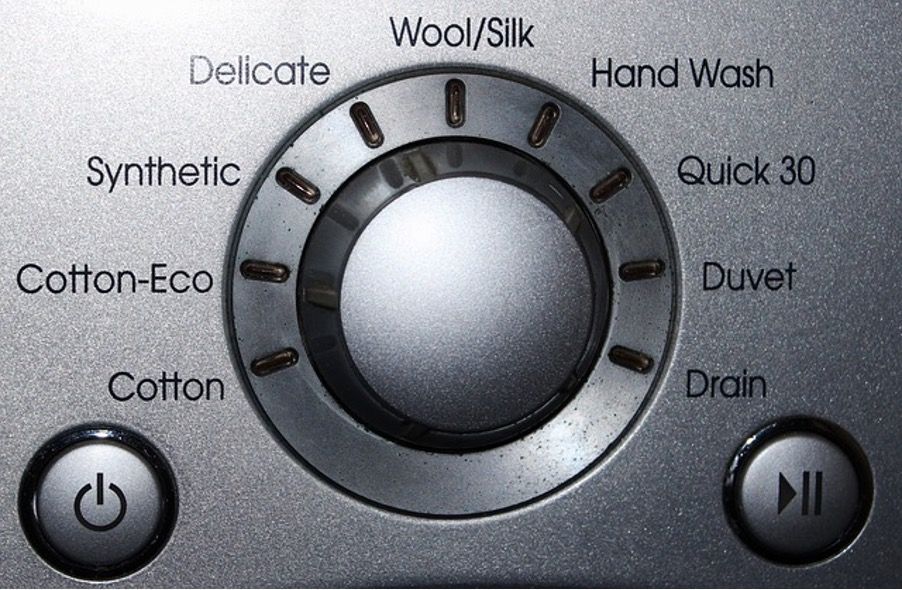Turning chore into opportunity
I was interested to read the comments coming out of the ICAEW this week regarding the number of supervised accounting firms being told to improve their anti-money laundering processes. With the number of reprimands, and especially severe reprimands, on the increase, it is understandably an area of concern.
This comes off the back of the good people at All In Place releasing the results of their ‘The Human Touch In Accounting Survey’ that highlights the weaknesses in accounting firms when it comes to their KYC processes and how well they really know their clients, not just for compliance purposes but from a core ‘trusted advisor’ perspective.

I was interested to read the comments coming out of the ICAEW this week regarding the number of supervised accounting firms being told to improve their anti-money laundering processes. With the number of reprimands, and especially severe reprimands, on the increase, it is understandably an area of concern.
This comes off the back of the good people at All In Place releasing the results of their ‘The Human Touch In Accounting Survey’ that highlights the weaknesses in accounting firms when it comes to their KYC processes and how well they really know their clients, not just for compliance purposes but from a core ‘trusted advisor’ perspective.
For instance, looking into the results of the All In Place survey, carried out amongst accountants attending Accountex 2024:
· 73% of firms have no visibility of their clients’ personal ‘balance sheets’
· 42% of firms have little confidence in engaging with their clients on their personal finances
· Only 15% of firms capture details of personal income and expenditure to help with remuneration planning
· Only 15% of firms know if their clients have a will and enduring power of attorney in place
· Only 9% of firms document their clients goals and objectives, 12% their exit plans
In other words, we might know our clients’ businesses inside out but how well do we know the full picture?
Accountants are busy people. It’s great to pick up business and work with clients new and old but more often than not, the associated onboarding, money laundering and KYC requirements, both compliance-based and operational, are seen as a chore. Boxes get ticked, hopefully, but they are seen as a time-cost rather than business investment.
I remember when the Proceeds of Crime Act 2002, triggered a very different approach to accountant-client relationships. Whilst much of the conversation at the time was around the hassle-factor, I saw it as a great opportunity for our firm to set the tone of our client relationships from the outset. I don’t mean by eradicating dodgy clients, I’d like to think we’d always done that, but by emphasising the professional manner in which we work from Day One.
I think that this is the issue. Whilst firms see onboarding, money laundering and KYC as necessary chores, they miss the potential value that lies within. We need to change our mindset to turn chore into opportunity.
· Taking a positive approach towards onboarding is an opportunity to show new clients that you are the professional – you are in charge of the relationship, are effective and organised and know what you are doing. You do things properly and well. clients who work with you and follow your lead will see the benefits. Those who want you to cut corners and jump through their hoops will be put off.
· Taking a positive approach to money laundering sets that same professional, ‘we do things properly’ tone from the outset. We seem embarrassed to hit clients with our own questions and requirements but it highlights our professional standards and avoids a lot of hassle and cost down the line.
· Taking a positive approach to ‘know your client’ is at the very heart of the client relationship. The phrase ‘trusted advisor’ is bandied around but how can we be if we know only part of our client’s story? Understanding a client’s business is important. Understanding the client is even more important. For many, the business is a means to an end. Behind that business sits a whole personal world full of goals, hopes, dreams, fears, challenges and issues that mean far more. The client hopes that the business is the panacea for these. There are often far better resolutions and opportunities out there but we don’t know them if we don’t know the client. We leave fees on the table and under deliver on our role as a result.
All In Place’s survey is a thought provoking piece. You can access your copy, including a forward by Will Farnell, by going to https://www.allin.place/the-human-touch-in-accounting or directly to https://static1.squarespace.com/static/5ebaa508c39a0a160e958494/t/67126b9526385a390612b61b/1729260438497/AllInPlace-HumanTouchInAccounting.pdf



Still need more information?

Progress BB. All rights reserved. Website Design & Build by Kangaroo UK.